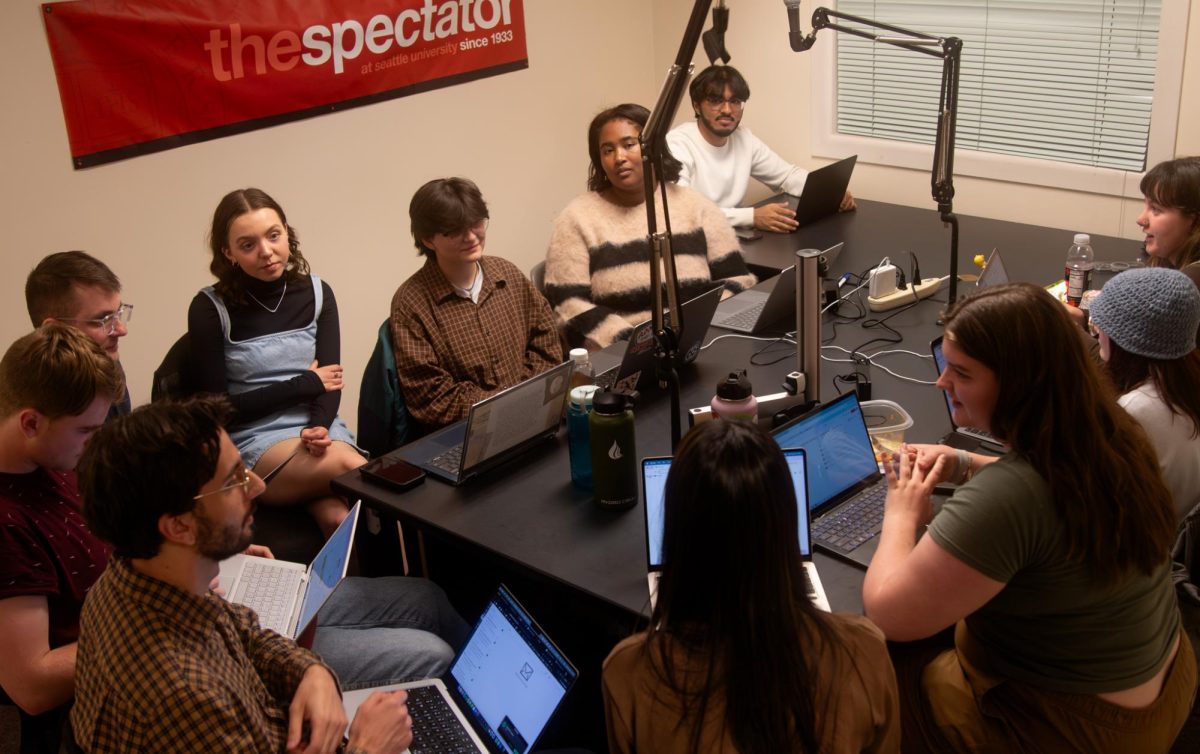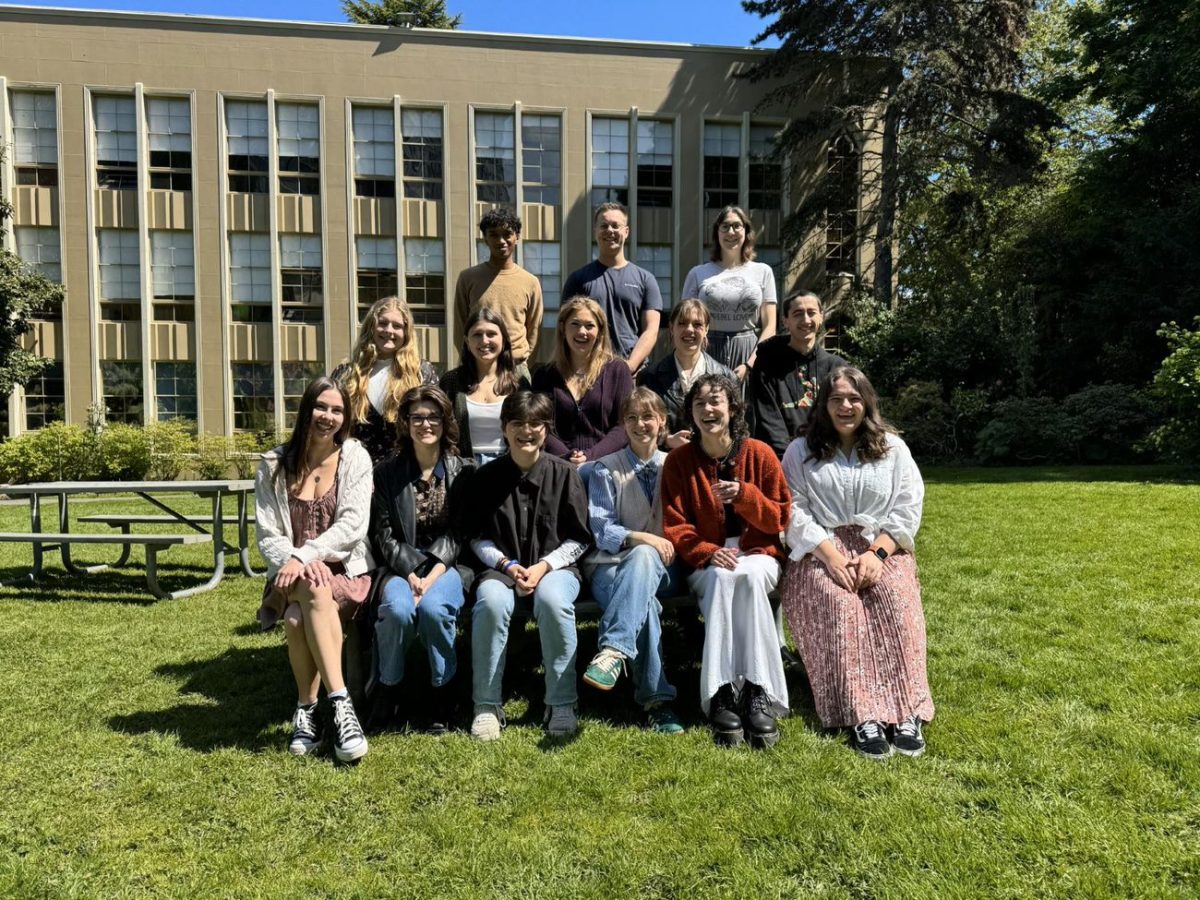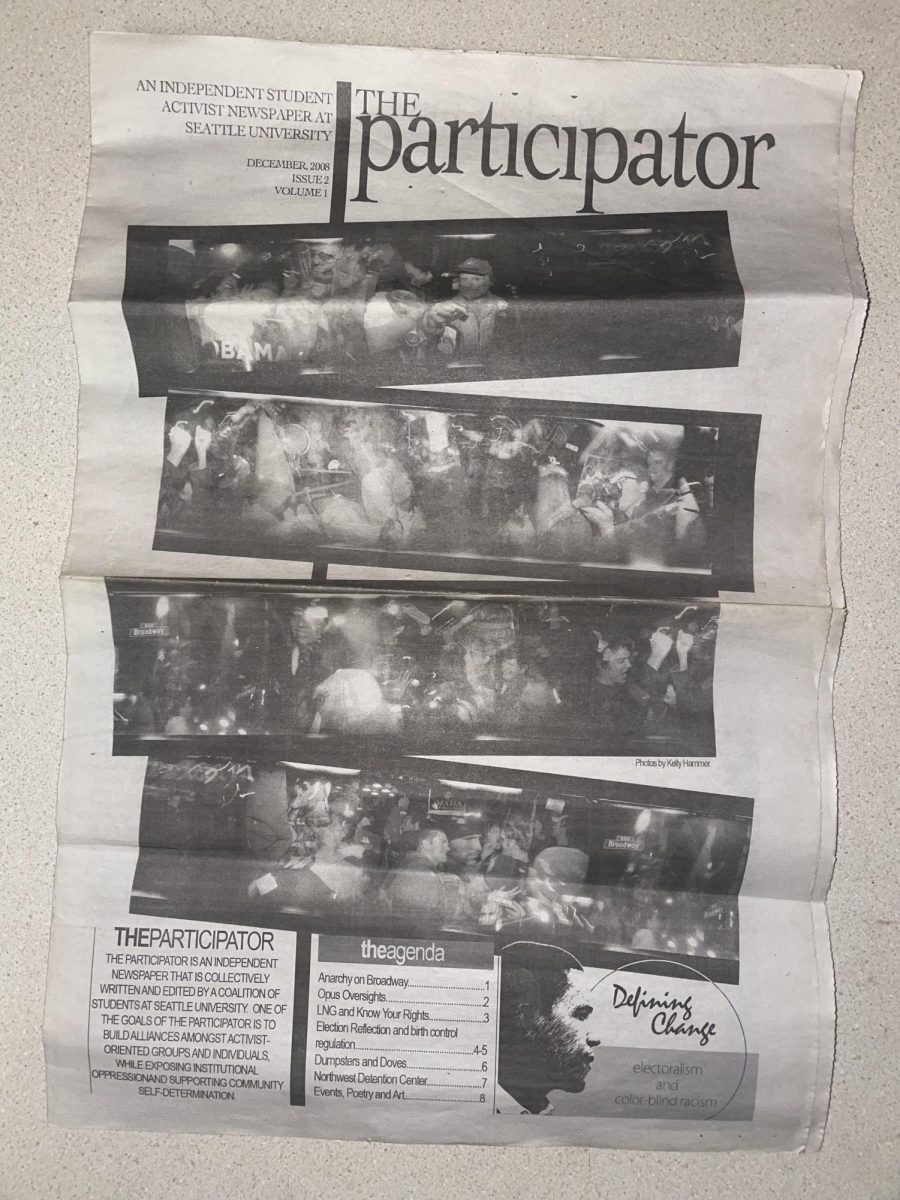Al Smith, a photographer and native Seattleite, captured the Central District and the vibrant community which existed there in the mid to late 1900s. His photographs feature black community members and encapsulates experiences and relationships which once existed in Seattle. An assortment of these photographs are currently on display at the Museum of History and Industry (MOHAI) in the exhibit titled: “Seattle on the Spot: The Photographs of Al Smith.”
Smith’s son Al “Butch” Smith Jr., Carol Peoples-Procter and Stephanie Johnson Toliver sat on a panel at the Seattle Public Library’s “Sense of Place: Through the Lens of Al Smith,” the final event of a three part series. A presentation of 30 slides were displayed behind the panel, each slide featuring one of the more than 4,000 photos by Smith not featured at the MOHAI exhibit.
Most of the photographs began without any identification of the people and places within them. Out of the 4,000, Smith Jr. and his fellow panel members, along with 2 to 3 others, have gone through about 95 percent of them on a first cut basis.
“I only got through about five of those albums because every time I would flick the page I‘d have to go down memory lane. I recognized parents of my friends were in those photos,” Procter said.
As people, including the audience members, identify pieces of the photography, information is passed along to MOHAI team to help build the collection.
“What we’re counting on is that as we go out and share these images, people like me or Carol or Butch will be able to identify some of those places and people,” Toliver said.
According to Smith, the population jumped from less than 4,000 African-Americans in 1940 to approximately 50,000 by 1960. Rather than being spread throughout the city, they were concentrated within the Central District due to redlining policies within the city by the realtors and bankers.
“Over those 20 years from 1940 to 1960 it became recognized as the Black community because of the size of the immigration of Black people at that that point. It was 20 years of tremendous energy,” Smith Jr. said.
Most of the activity Smith captured was on Jackson Street—a popular spot for black community members looking for a safe place to go and enjoy themselves. There, a series of clubs popped up and the jazz community thrived. Musician unions were segregated. Black musicians would play in a certain area of the city, mainly on Jackson Street, and white musicians would play everywhere else. Smith would go up on stage with the performers, something they didn’t just allow with anyone.
“He engaged with people and he continued to do that not only in the jazz community but also in the community at large,” Smith Jr. said.
Smith captured the moment, such ashe energy, the community and the feelings of the places he was in.
“He was either being paid to be there or he was on the spot. That was his business—was on the spot. And he captured all of these fabulous events and parties and the nightclub scene but then just everyday life too,” Toliver said.
For those who experienced the time, it brings a sense of nostalgia.One audience member, Wadiya Nelson-Shimabukuro, commented on the feelings of community the presentation brought back to her. It also brought feelings of loss.
“The street that I grew up on has been gentrified,” Nelson-Shimabukuro said, “I just felt a sense of loss of my community.”
According to Toliver, demographic reports received from the city show that the Central Area in the 1960s and 1970s was around 70 percent African American. Today, that percentage is down to 15 percent with instead 64 percent of the occupants now being caucasian. Popular businesses and local hot spots have been driven out. In regard to the community,
“I won’t say it’s all gone now,” Smith Jr. said. “But it’s certainly not the same.”
Stesha Brandon, the library’s event coordinator, said that at the first event of this three part series, most of the people did not know much about this history, but were very interested in learning more.
“We talk about Seattle having the Central District specifically being this historically black part of Seattle,” Brandon Said.“But we rarely talk about why this is, or white people in Seattle rarely talk about why that is.”
Without discussing the history of the community and the reality of gentrification in Seattle, the community and its legacy are at risk of fading away.
“I think one of the challenges we have is to decide,” Smith Jr. said “How we’re gonna maintain the legacy of what we have had in Seattle.”
The editor may be reached at
[email protected]











